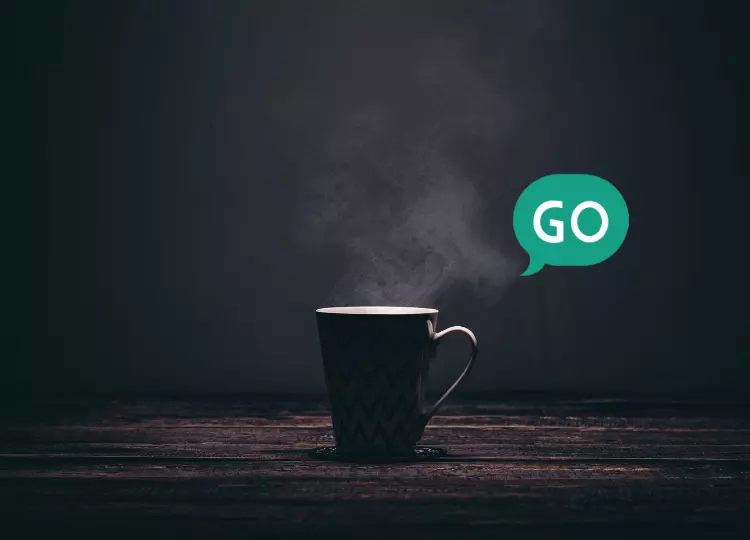Multichannel vs omnichannel? Explaining the definitions of e-commerce strategies
 Aleksandra Kozioł
Aleksandra Kozioł © Firn from Firn via Canva Pro
© Firn from Firn via Canva ProAre multichannel and omnichannel approaches at odds? Or can you use a more complimenting approach to those slightly different ideas?
On the surface, those two ideas seem the same. Furthermore, those two words are often used interchangeably. If you try to decode the names, you’ll notice that both omnichannel and multichannel have Latin prefixes. Omni means “all” or “every” (for example omnipresent is present everywhere, omnipotent means unlimited power. Meanwhile, “multi” is “many” or “multiple” - like multilingual, multitasking, or multinational.
But let’s not split the words apart. Looking at omnichannel and multichannel strategy in practice can be much more beneficial.
Multichannel marketing principles - building customer engagement on multiple platforms
Simply put, a multichannel approach means that you’re available to your clients everywhere. That means you’re present online and offline - in your real brick-and-mortar stores. And online, your users can find you on social media, your own website, mobile app, and marketplaces. You can also employ various means of communicating with your audience, be it with newsletters, web and mobile push notifications, social media channels, etc.
Multichannel allows you to:
Increase your brand visibility
Allow your customers to reach you wherever they’re most comfortable with
Create a comprehensive marketing message across multiple channels
Boost customer engagement across multiple channels
Multichannel strategy focuses on casting the widest net possible, without much pressure put on connecting the channels. Different ways of approaching the customer allow for focusing on other aspects of the offer depending on the medium. Let’s take a look at the differences between shopping online vs. offline.

Source: Deloitte Insights “2024 Deloitte back-to-school survey”
This survey shows that you can focus on different aspects of your offer depending on the marketing channel you’re using. Different sales channels and marketing channels allow you to display your offer's benefits to the fullest.
Once your potential customers get hooked on the good prices you advertise online, you can invite them to see the stock and enjoy its benefits in person. And since multichannel focuses on building more than one channel at a time, and starting customer interactions, allowing for different channels to have separate strategies can work in your advantage.
Omnichannel approach - seamless integration across multiple channels
As we’ve stated before, multichannel and omnichannel are often used interchangeably. But when we dig deeper, there are some differences. In this case, omnichannel is all about creating a unified customer experience across multiple platforms: web and mobile, online and offline.
In short, omnichannel strategy:
Provides a consistent customer experience across all channels on their customer journey.
Increases customer engagement and loyalty.
Improves customer retention and reduces churn.
Enhances product discovery experiences and supercharges sales.
Offers data-driven insights to inform marketing efforts.
Employing the omnichannel approach to e-commerce marketing implies providing a unified experience. Customers can start their journey on one channel (e.g., browsing products on a mobile app), continue on another (e.g., adding items to the cart on a website), and complete the purchase on a third channel (e.g., picking up in-store), all without losing continuity.
The approach goes hand in hand with research findings stating that the customer should see the brand’s marketing message seven times before deciding to buy.
Furthermore, we’re more likely to shop when the communication is consistent between different channels. This applies to the tone of voice and brand ideas that are easy to recognize and ascribe to certain companies (think Nike’s “Just Do It” slogan).
Omnichannel is all about communication. That’s why in discussing it we pay more attention to emails, newsletters, web push, mobile push, and SMS as a way of reaching customers on different stages of their shopping journey.
Some companies are wary of introducing too many channels into the mix, worrying that it might seem spammy. When done right, however, those channels can seamlessly work together, bolstering the message instead of cannibalizing each other.

In addition, it allows you to talk with your customers in a way they choose. Some might be more open to newsletters, others use social media for all their shopping needs. When done right, push notifications are nonintrusive and allow you to be fast and precise with your messaging.
Personalization in omnichannel marketing strategy
Omnichannel marketing strategy relies on much more than mass marketing campaigns. Customer-centric approach means that the messages sent on individual channels should be personalized to better suit the client's needs and wants.
Customer-focused personalization relies on collecting and using data about customer journey and customer experience. Then, you need powerful tools to actually put this information into action. This is where AI comes in handy.
AI can help personalize marketing efforts by analyzing customer data and behavior.
AI-powered chatbots can provide 24/7 customer service and support.
AI can help optimize marketing channels and improve customer engagement.
Maintaining multiple marketing channels to build positive customer relationships requires not only a good strategy, but also tools to measure the results. What exactly are the measures of success in omnichannel marketing?
Track key metrics such as customer engagement, retention, and conversion rates.
Use data and analytics to understand customer behavior and preferences and gather valuable insights.
Monitor customer feedback and sentiment to improve marketing efforts.
Omnichannel vs multichannel marketing - key differences
While both omnichannel and multichannel marketing strategy focuses on creating a seamless customer journey across multiple channels, there are some differences to keep in mind.
Multichannel marketing strategy is about being present on multiple channels, each functioning independently.
Omnichannel marketing strategy is about integrating those channels to create a seamless, cohesive customer experience across all touchpoints.
An example might be useful.
Multichannel retail strategy:
A customer might see an ad on social media, visit the brand’s website to learn more, and then go to a physical store to make a purchase. Each of these channels operates independently, and the customer may have to start from scratch at each step.
Omnichannel retail strategy:
A customer might receive a personalized email with a discount code, click through to the website to add items to their cart, check product availability on the mobile app, and then choose to pick up the items in a nearby store. All actions are connected, and the transition between channels is seamless.
This is where we come to the conclusion that:
Multichannel marketing is a good choice if you want to reach customers across diverse communication platforms, but can’t invest in omnichannel capabilities.
Omnichannel marketing is a good choice if you can prioritize a cohesive customer experience across all touchpoints. Adding more channels helps you widen your reach and build more touchpoints on your customer journey.

As you can see they are not so much two strategies. Both omnichannel and multichannel share similar goals: gather more customers, build multiple touchpoints across various channels, and drive online shopping as well as sales in physical locations. All that can be done with or without significant resources - it all depends on how it's prepared.
Let’s talk about push notifications
Both web push and mobile push are opt-in solutions. This means you’re communicating with users who are already interested in your offer. They can be easily swayed to complete purchases, especially if you use additional automation scenarios to offer further incentives. Push notifications are beneficial for both omnichannel and multichannel strategies.
As users move more and more to mobile devices, companies are quick to follow with mobile apps. In those cases, mobile push notifications are a must-have.

PushPushGo has all your web push and mobile push tools in one place, allowing you to create concise communication for your website and mobile app.
By prioritizing a cohesive customer experience and using data and analytics to inform digital marketing efforts, businesses can create a seamless customer experience that drives loyalty and growth.
If you want to learn more about the possibilities of push notifications in building seamless omnichannel experience, drop us a line at hello@pushpushgo.com
Examples of successful multichannel and omnichannel strategies
Nike's omnichannel success
Nike is a prime example of a company effectively leveraging an omnichannel strategy to enhance customer experience, drive loyalty, and boost sales. Their approach focuses on creating a seamless and interconnected journey for consumers across all their physical and digital touchpoints. Here's how Nike utilizes an omnichannel strategy:
Key elements of Nike's omnichannel strategy:
Seamless mobile app integration
Nike's mobile app is central to their omnichannel experience. Customers can use it in various ways:In-store product scanning - users can scan barcodes in physical stores to access product information, reviews, and availability, including online stock if an item is unavailable in-store.
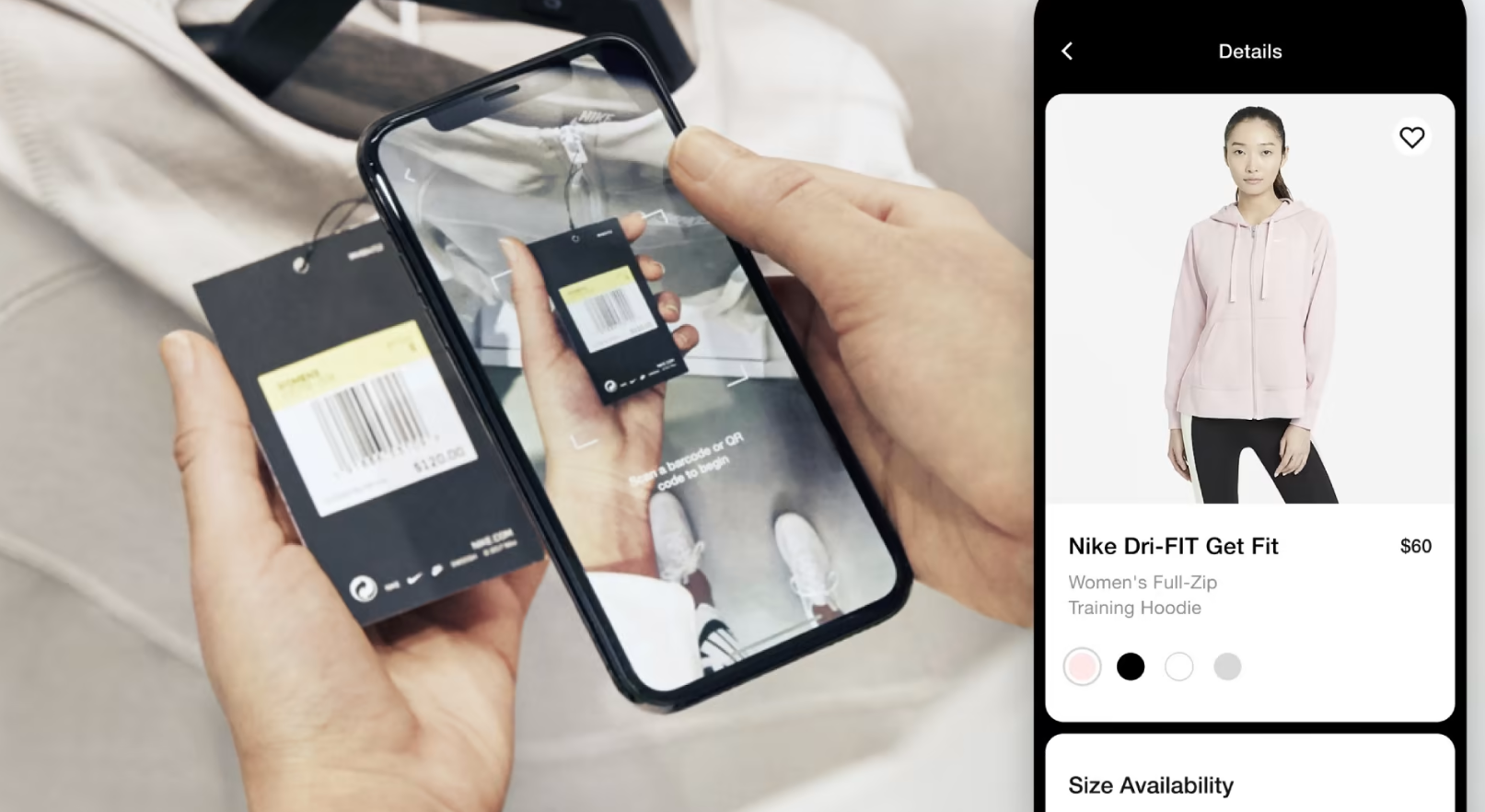
Source: Nike
Personalized recommendations - the app provides tailored product suggestions based on browsing history, past purchases, and preferences.
Membership benefits - NikePlus members gain access to exclusive products, early releases, personalized offers, and event invitations through the app.
Seamless checkout - mobile payment options within the app streamline the in-store checkout process.
Nike Fit - this feature uses augmented reality (AR) to scan a customer's feet, providing accurate sizing recommendations across different shoe models, reducing the risk of returns whether purchased online or in-store.
Integration with other apps - data from Nike's fitness apps (Nike Run Club, Nike Training Club) can inform product recommendations and personalized experiences.
Unified online and in-store experience
Nike aims to blur the lines between its digital and physical presence:Buy online, pick up in-store (BOPIS) - customers can purchase items online and collect them at a nearby Nike store, offering convenience and potentially driving additional in-store purchases.
In-store inventory visibility online - Customers can check the availability of products in local stores before visiting.
Digital displays in-store - interactive screens and digital kiosks in physical locations provide additional product information, styling suggestions, and the ability to browse and purchase online if the desired item isn't available in-store.
Nike by You customization - in some flagship stores, customers can personalize their sneakers with the help of designers, an experience often initiated or continued through digital interfaces.
Personalized communication and content
Nike leverages data to deliver relevant and engaging content across channels:Targeted emails and notifications - based on purchase history and preferences, customers receive personalized product recommendations, promotions, and event invitations.
Personalized in-app experiences - the Nike app provides tailored content, workout plans, and product suggestions.
Social media engagement - Nike uses social media platforms to interact with customers, share content, run contests, and provide customer service.
NikePlus membership
This loyalty program is a cornerstone of their omnichannel strategy, offering exclusive benefits across all channels, encouraging customers to interact with Nike in multiple ways. Benefits include free shipping, early access to products, exclusive events, and personalized offers.Leveraging data and AI
Nike utilizes data analytics and artificial intelligence to understand customer behavior, personalize experiences, optimize inventory, and improve their omnichannel operations. AI powers personalized recommendations, virtual assistants, and better insights for product design and manufacturing.Direct-to-Consumer (D2C) focus
Nike's strategic shift towards a D2C model, reducing reliance on third-party retailers, allows them to have more control over the customer journey and gather valuable data to enhance their omnichannel efforts.
Examples of Nike's omnichannel initiatives:
Nike Fit
Using AR in the Nike app to provide precise shoe sizing, bridging the gap between online and in-store shopping.Nike Live stores
Smaller-format stores tailored to local consumer preferences, with dynamic product selections and digitally-enhanced experiences.SNKRS app
A platform for exclusive sneaker releases, leveraging push notifications and engaging content to drive excitement and sales through a dedicated channel.Integration of fitness apps
Connecting workout data with product recommendations and personalized offers.
Sephora's integrated approach
Sephora combines its online and physical store experiences to provide customers with a seamless shopping journey.
Key elements of Sephora's omnichannel strategy:
Unified customer profiles
Sephora links customer profiles across all online and offline channels. This allows them to have a comprehensive view of a customer's behavior, preferences, and purchase history, enabling personalized recommendations and marketing efforts regardless of how the customer interacts with the brand.Seamless mobile app integration
Customers can:Browse and shop - access the full product catalog online.
Virtual Artist - use augmented reality to virtually try on makeup products.
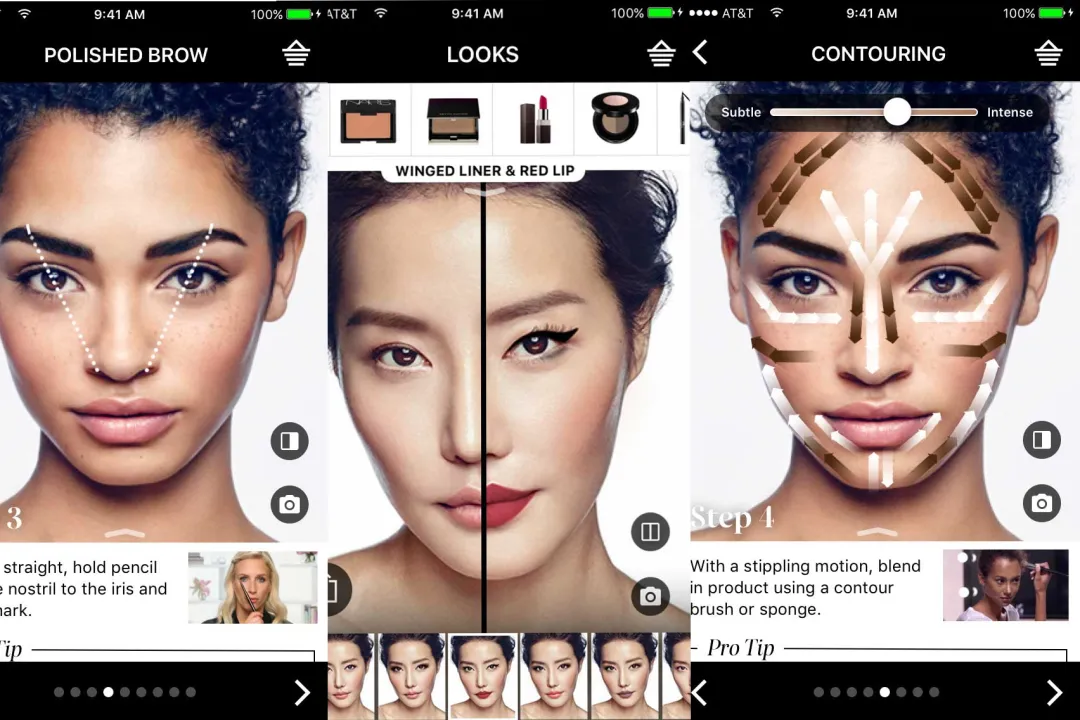
Source: Sephora
Personalized recommendations - receive tailored product suggestions based on their profile and past interactions.
Beauty Insider - track loyalty points, redeem rewards, and access exclusive offers.
Store information - find store locations, hours, and services.
Book appointments - schedule in-store beauty services.
Scan products in-store - access product information, reviews, and add to their online wish list.
Bridging the online and offline experience
Sephora actively works to connect the digital and physical worlds:Buy Online, Pick Up In-Store (BOPIS) - customers can purchase online and conveniently pick up their orders at a local store.
In-store digital tools - beauty advisors in-store often use iPads to access customer profiles, purchase history, and product information to provide personalized recommendations and assist with purchases.
Product availability online - customers can check online if a product is in stock at a specific store before visiting.
In-store online ordering - if a product is out of stock in-store, associates can often help customers order it online with in-store assistance.
Personalized recommendations and offers

Source: Sephora mobile app
Leveraging the unified customer data, Sephora provides personalized product recommendations, targeted promotions, and exclusive offers across all channels, including emails, push notifications, and on their website and app.Beauty Insider loyalty program
This program is deeply integrated across all channels, rewarding customers for their engagement and purchases, regardless of where they shop. Points, rewards, and exclusive access are consistently applied whether shopping online or in-store.Engaging content and community building
Sephora fosters a strong sense of community through various channels: social media, Beauty Board for reviews and customer interaction within the site, live events and masterclasses.Data-driven decision-making
Sephora utilizes data analytics to understand customer behavior across channels, optimize marketing campaigns, personalize product offerings, and improve customer service.Continuous innovation
Sephora consistently adopts new technologies and trends to enhance the customer experience, such as AI-powered virtual try-on tools and personalized skincare finders.
Examples of Sephora's omnichannel initiatives:
Virtual Artist - allows customers to virtually try on makeup using their phone or computer camera.
Color IQ and skincare IQ - in-store and online tools that analyze skin tone and concerns to provide personalized product recommendations.
Clienteling app - tools for beauty advisors to access customer history and preferences in-store for more personalized service.
Integration of online reviews in-store - customers can see product reviews on their mobile app while browsing in a physical store.
Gymshark's multi channel strategy
Gymshark effectively utilizes various digital platforms to strengthen its market presence and engage with a wider audience.
1. E-commerce (Website and Mobile App)
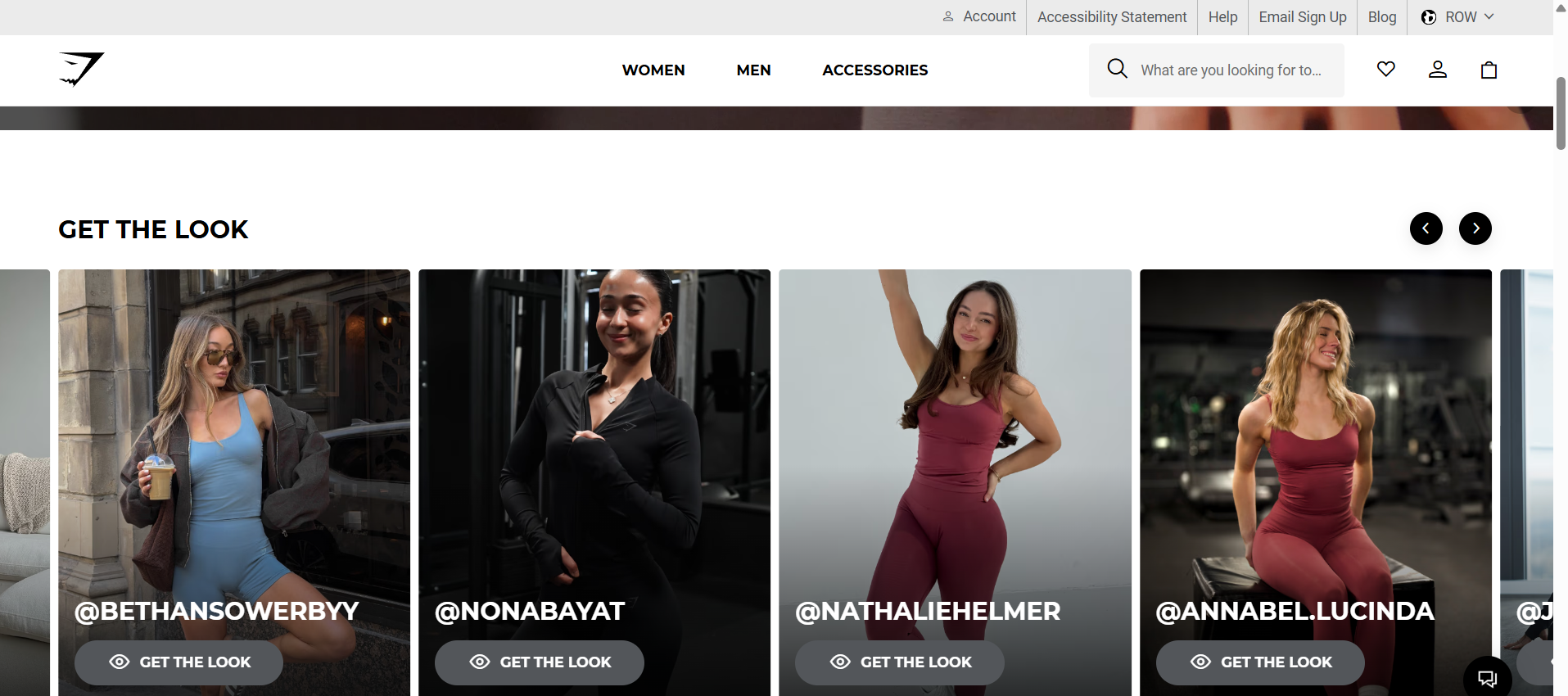
Source: Gymshark
This is Gymshark's primary sales channel. They invest heavily in their website and mobile app to provide a seamless and engaging online shopping experience.
The mobile app often includes exclusive features or early access to product launches, incentivizing downloads and usage.
2. Social media marketing: Instagram, YouTube, TikTok, Facebook, Pinterest, and X (formerly Twitter).
This is a cornerstone of Gymshark's strategy. They collaborate with a large network of fitness influencers across various platforms.
4. Content marketing
Their blog provides valuable content related to fitness, nutrition, and the Gymshark community.
5. Email marketing
They use email to communicate with their customer base, sharing product updates, promotions, and personalized content based on purchase history and preferences.
6. Experiential marketing and events
Gymshark has successfully used pop-up shops and "world tours" to bridge the gap between the digital and physical worlds.
These events allow fans to meet athletes, experience the brand in person, and create emotional connections.
Their flagship store in Birmingham, UK, serves as a physical embodiment of the brand and a hub for community interaction.
They participate in fitness expos and events to increase brand visibility and engage with their target audience directly.
7. Gymshark Training App
This app provides workout plans and training guidance, further integrating Gymshark into the fitness journeys of their customers and reinforcing brand loyalty.
This multi channel strategy allows Gymshark to reach different customer segments and drive engagement across various platforms, enhancing their overall marketing efforts.

Content Specialist @PushPushGo
Editor and writer. She is interested in media and new technologies.
Try PushPushGo to engage and connect with your audience.
Create an account and start testing!
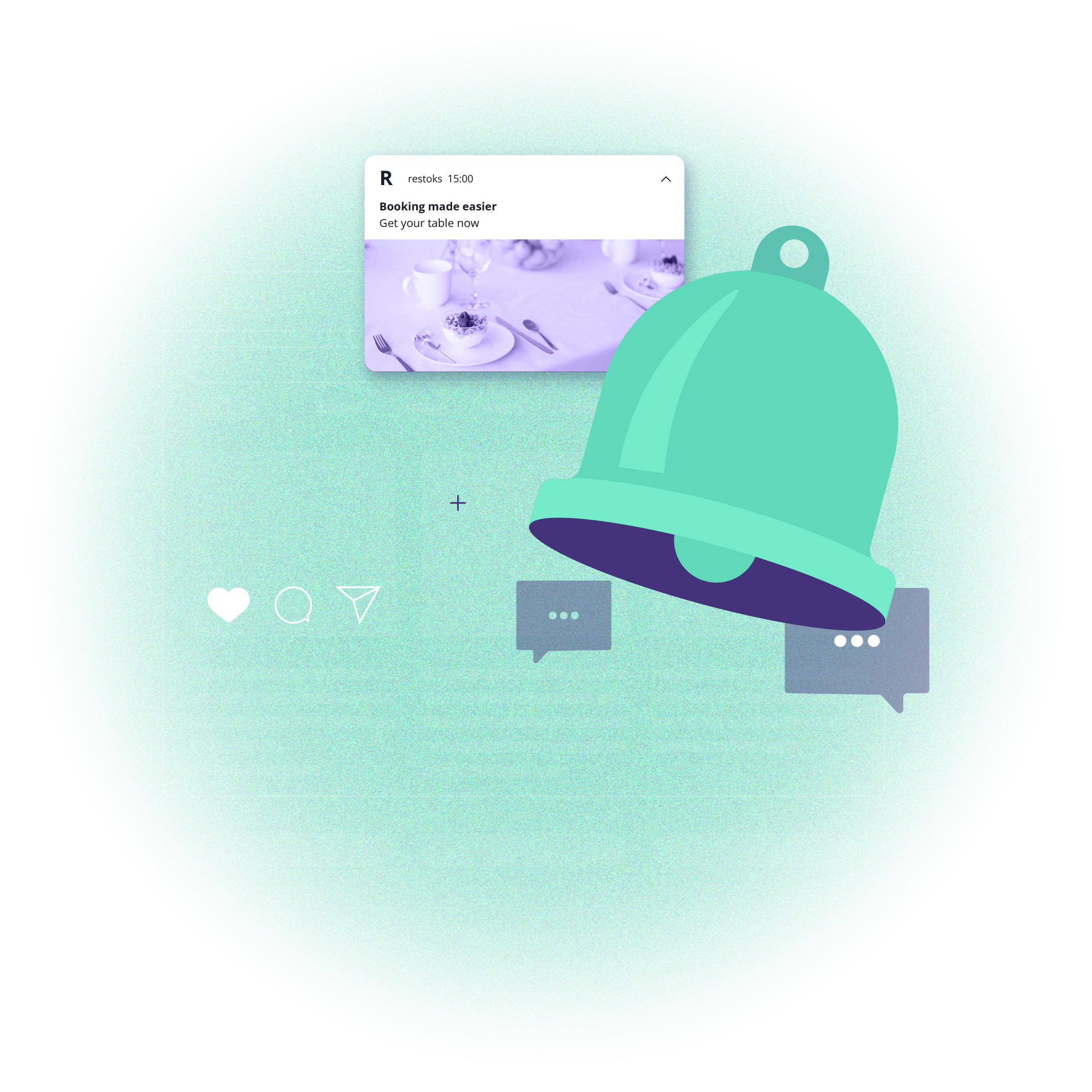
-ws8vwo2wbm.webp)



